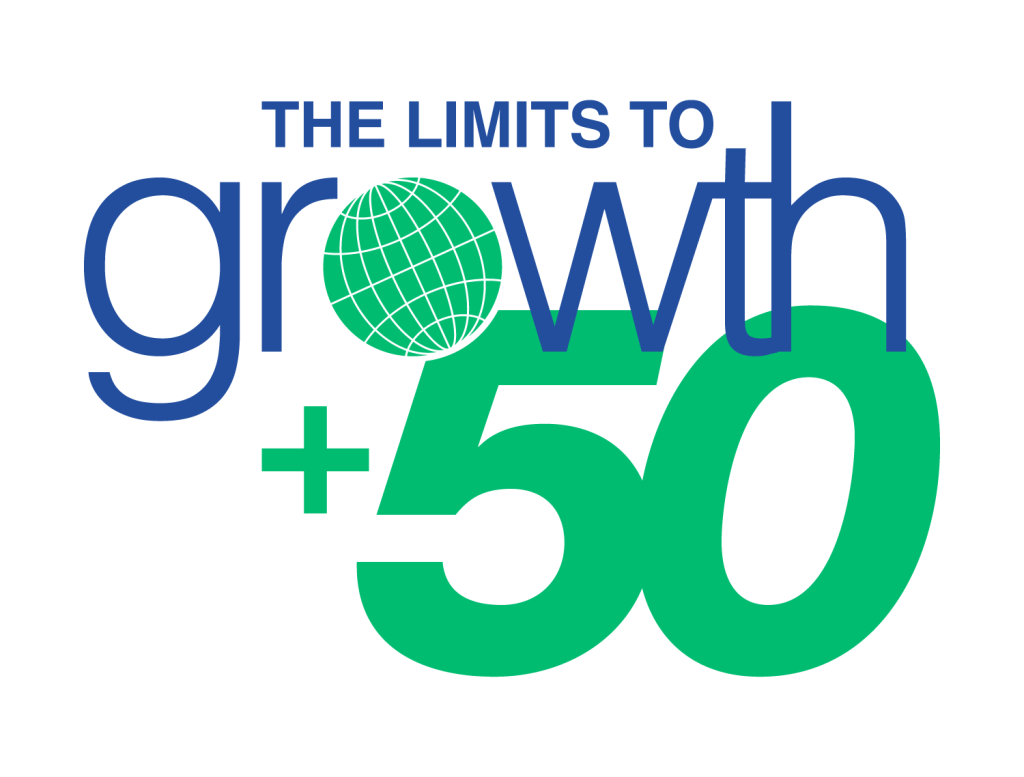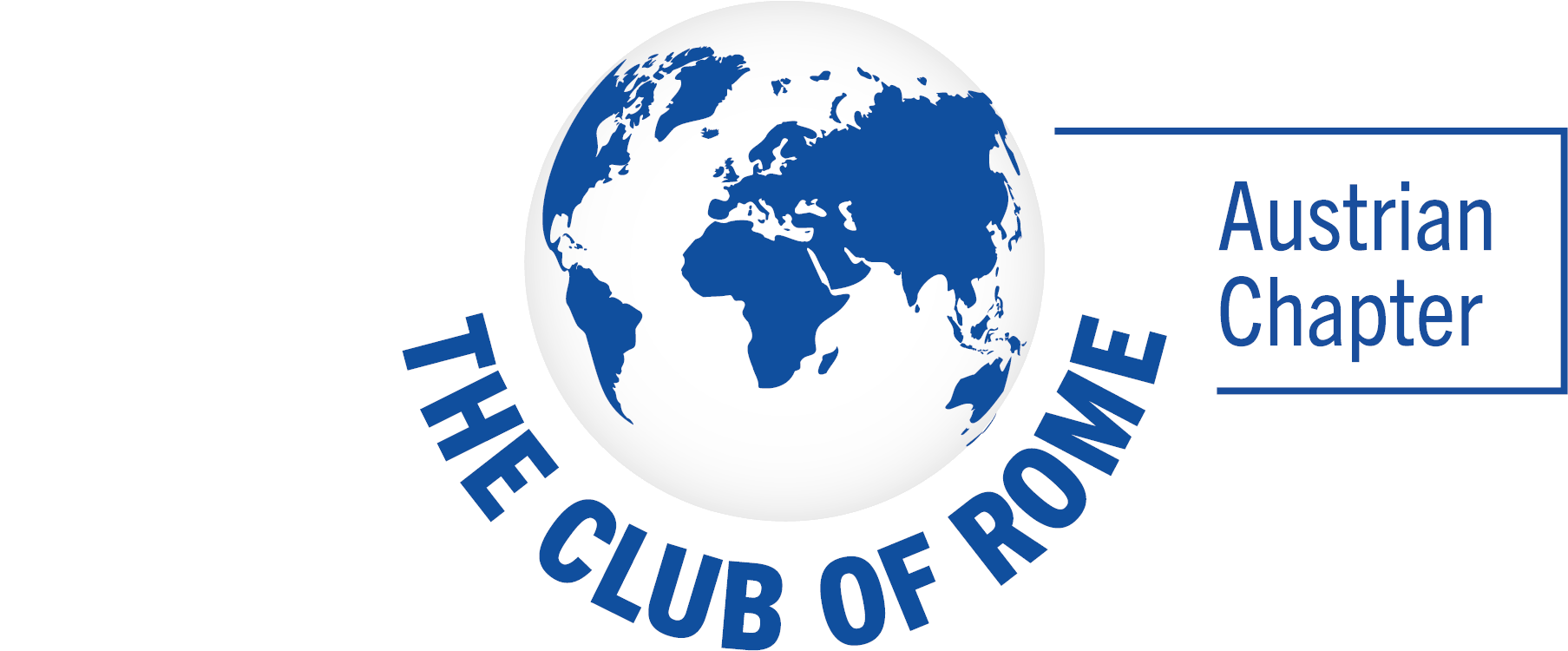February 20, 2022, by Pia Minixhofer (Member of the Club of Rome – Austrian Chapter)
With the publication of The Limits to Growth it was shown quite clearly: Limitless economic growth cannot exist on a planet with limited resources. Since then, 50 years have passed and the globe is still shackled in outdated ‘take-make-waste’ practices. That’s why this year’s theme is also “50 Years – Limits to Growth” #thelimitstogrowth50

Fortunately, a paradigm shift is now knocking on the door of previous economic wisdom: The course correction leads away from linear economic activity to a circular economy.
In a circular economy, economic activities are decoupled from the consumption of finite resources. The system is built around eliminating waste and pollution, keeping products and materials in circulation, and regenerating nature.
Definition nach Ellen MacArthur Foundation
Circular Economy in the Planetary Emergency Plan of the Club of Rome
This change will require a major, transformational shift in systemic thinking. Out of this need, the Club of Rome (2019), as one of the three central themes of the Planetary Emergency Plan, “10 urgent actions for the transformation,” has codified the shift toward a circular economy.
In addition to transforming the energy sector and creating a socially and environmentally just society, circular production systems should be established by reducing consumption, closing loops, and maximizing reuse and recycling.
The necessary actions require, among other things, lower consumption and production footprints, closed value chains, internalized externalities, reduction of emissions and (inter-) national roadmaps for regenerative land use and circular economy.
“Circular economy implies a comprehensive reorganization of the production and consumption process. The entire life cycle of products and services must be designed with resource conservation in mind.”
Hannes Swoboda, Präsident des Club of Rome – Austrian Chapter
Circular economy as a topic of previous events
The intertwining of circular economy and climate policy has already been discussed a lot in the Austrian Chapter of the Club of Romes and highlighted at its own events both large and small.
The European level of circular economy was the focus at the annual conference 2020 – a new start for climate, economy and society with the EU Green Deal. The presentations are online as videos to watch. Topics range from the Planetary Emergency Plan, to achieving climate neutrality in 2040 and closing global material flows, to sustainable resource use.
Global interconnectedness to regional impacts was the topic at #100minutenZukunft, where the impact of circular production and possible connections to Africa and Roman Carnuntum were discussed. Also discussed were exciting interactions that make global networks visible and address the question of the feasibility of a petroleum-free Roman land.
The urban perspective was taken to the conference and elaborated on urban metabolism, discussing whether a fair, circular urban-rural relationship is possible. The conference presents approaches on how the economy of a city and its hinterland (regional to global) could develop under different assumptions (sustainable future or business as usual) until 2050.
Circular economy as a topic today
In line with the Circularity Gap Report 2021, the current commitments of countries to achieve the Paris climate targets should include a globally implemented circular economy to achieve the < 2 degree target. Only a combination of circular economy and climate protection makes the achievement of the Paris climate goals possible.
According to the Circularity Gap Report, the circular economy, with smart strategies and reduced material consumption, is capable of reducing global greenhouse gas emissions by 39% and raw material consumption by 28%. In addition, reducing resource consumption brings significant contributions to biodiversity conservation and resource equity. So how is the necessary paradigm shift in global economic understanding possible? What is missing to achieve systemic change? Where is the gap in the cycle? Mind the gap!
Event announcement: Mind the gap – Where is the gap in the cycle?
On 28.02.2022 the Club of Rome – Austrian Chapter invites you to the hybrid event Mind the gap – Where is the gap in the cycle? at the Natural History Museum to address exactly these questions.
The event spans the following topics:
- The climate crisis can only be overcome through the consistent implementation of an ambitious circular economy.
- Only by looking beyond the narrow energy focus of current climate pledges by nations can real impact be achieved.
- There can be no environmental justice without social justice.
Information and further sources
Club of Rome International – Planetary Emergency Plan: https://clubofrome.org/wp-content/uploads/2020/02/PlanetaryEmergencyPlan_CoR-4.pdf
What is a circular economy? https://ellenmacarthurfoundation.org/topics/circular-economy-introduction/overview
Cooperation within the framework of #100minutenZukunft:
- Club of Rome International – Planetary Emergency Plan: https://clubofrome.org/wp-content/uploads/2020/02/PlanetaryEmergencyPlan_CoR-4.pdf
- What is a circular economy? https://ellenmacarthurfoundation.org/topics/circular-economy-introduction/overview
- Kooperation im Rahmen von #100minutenZukunft: https://100minutenzukunft.at/themen/thema-2/
